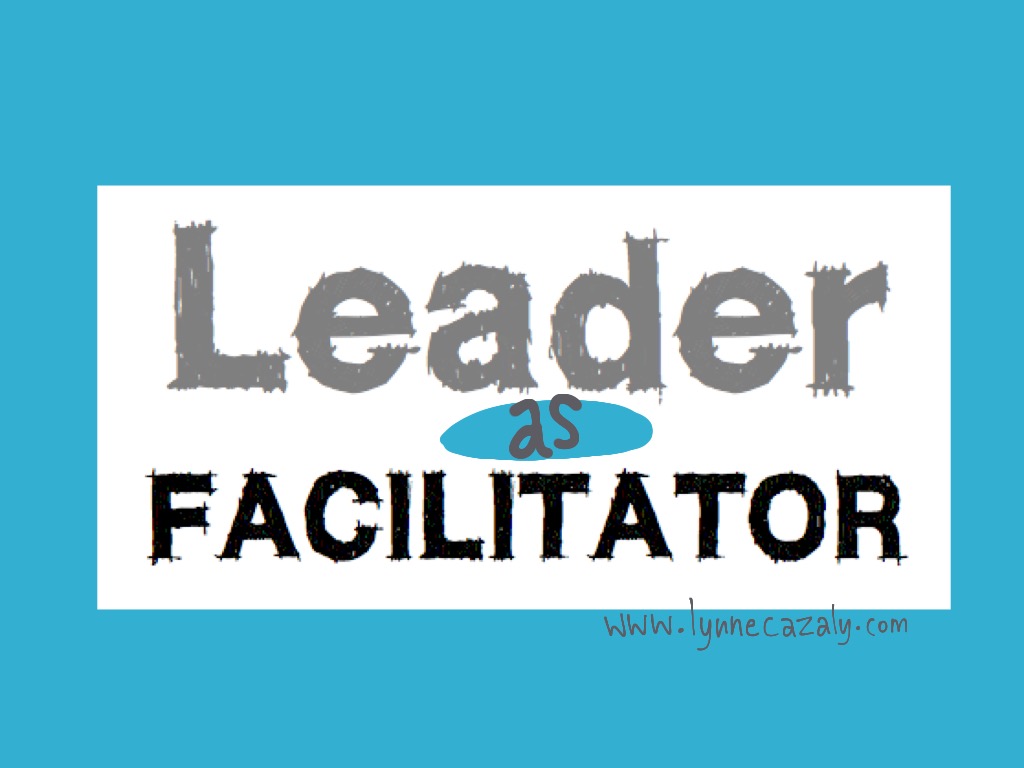3 reasons why that meeting didn't make a decision
 Tuesday, October 4, 2016 at 12:11PM
Tuesday, October 4, 2016 at 12:11PM 
‘And the purpose of that was *crickets*…’
If you’ve felt the annoyance of an outcome-less meeting you’ll know it’s lost time, an hour or more of time you ‘can’t get back’.
In an era where everyone’s got stuff to do, priorities of their own and deadlines to make, a time-wasting meeting is frustrating. It’s a career limiter too - particularly if you’re leading the meeting. You’re likely to get known as ‘that person that never gets decisions made’.
The Cost of Lost
Meetings that don’t make a decision are sources of lost time; they’re a waste of the incredible experience and brain-power in the room and there’s the cost of the actual working time of the people in the room. What a tragic ROI?! And don’t even start about the waste of a good meeting room when meeting space can be hard to come by in many workplaces!
But did we get anything done?
Yes, sure, there are times when you don’t need to make a decision in a meeting – it’s a meeting that’s about information sharing, or announcing something or it’s an ideas fest – but most meetings do need to get consensus or agreement or some type of outcome.
It’s what most meetings are judged on: ‘did we get sh*t done?’
What I hear a lot from people when I’m working with them to develop their Leader as Facilitator skills is that the meetings they run just don’t get the decision part done.
And now you’ve got to … Schedule. Another. Freakin’. Meeting.
Yes, you’ll need another meeting time in a week or two to do what should have been done in that meeting that just finished.
Hostage Situations, Time Wasters & High-Priced Parties
I think you need to avoid the ‘hostage situation’ as well as the ‘time waster’ types of meetings. This is where people are there against their will or you’ve got the wrong people in the room or didn’t get to an outcome.

Meetings need to be high on engagement andhigh on outcomes.
Avoid the ‘high-priced party’ meeting too, unless it really is a celebration and there’s little or no work to be done. (That’s where we’re having a great time but not doing anything!)
For meetings in today’s workplaces, it’s about engagement + outcomes. You have to have people contributing and participating AND you need to get stuff done, the good stuff, the right stuff… not just any stuff.
3 Reasons why there's no decision
There are three reasons why meetings don’t make decisions when they should have.
[Remember though that meetings are made up of people; people talking and working together. It’s not an automatic robotic machine meeting. We aren’t machines – we are people. We are people and we do things so we need to do something to make adjustments in meetings to make sure the right things get done. And decisions are a big part of that.]
The three reasons why that meeting didn’t make a decision is ... something wasn’t clear:
1. The reason why you were making the decision wasn’t clear.
2. The decision to be made wasn’t clear.
3. The way you were going to decide wasn’t clear.
You see, it’s all too fuzzy. If it were clear, it would have happened. The leader, the meeting, the people would have been able to navigate through. But you didn’t. And I reckon it’s one or more of the three reasons. Here they are in a slightly new way of thinking:
1. You (or the group or the leader or facilitator) didn’t decide why you were making the decision.
2. You (or the group or the leader or facilitator) didn’t decide what the decision is
3. You (or the group or the leader or facilitator) didn’t decide how you were going to decide
That’s a Why, What and How. Sounds a little like ‘Start with Why’ doesn’t it?
So before any type of meeting where a decision is expected, hoped or needing to be made:
1. Know WHY you need to make the decision
2. Know WHAT the decision is that needs to be made
3. Decide HOW you’re going to decide.
That third one sound funny? Deciding how to decide? Yes, it’s a thing. (More on how to make the decision in my next post).
Don't leave it to hope or luck
Too many workplaces simply bring people together and hope they’ll talk enough to finally get to a point where they decide – or give in through exhaustion and frustration!
Don’t leave decision-making to random events, luck or hope. You may have to do some deciding before the meeting or at least, before the meeting makes that all-important decision.
Get clear on your why, what and how of decisions to be made and you’ll get known as ‘the person who helps us get sh*t done’!




















